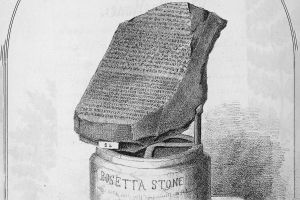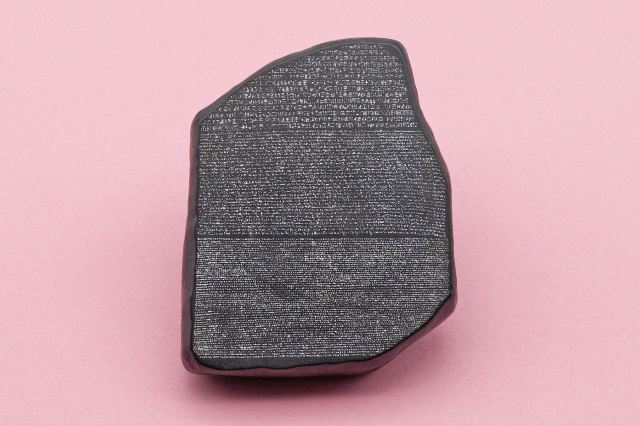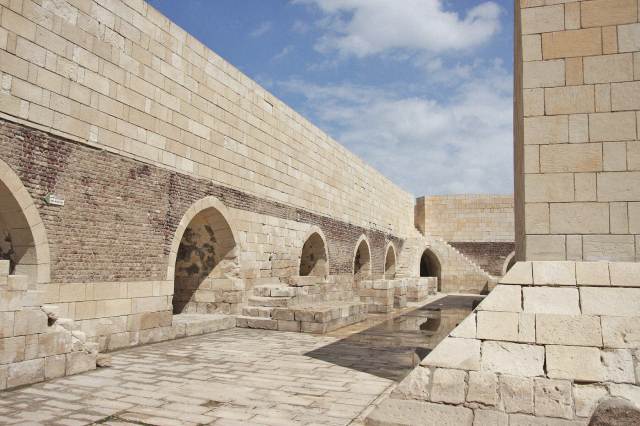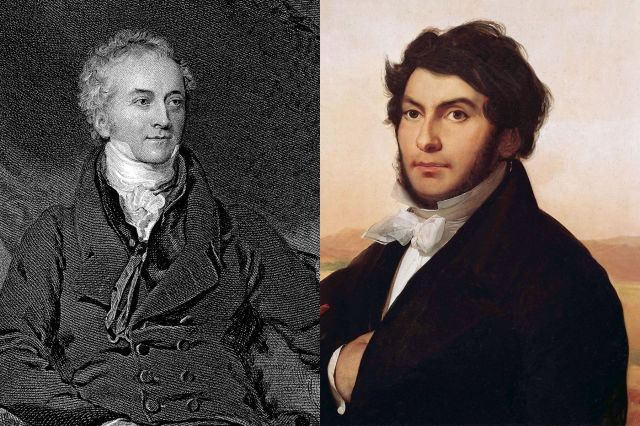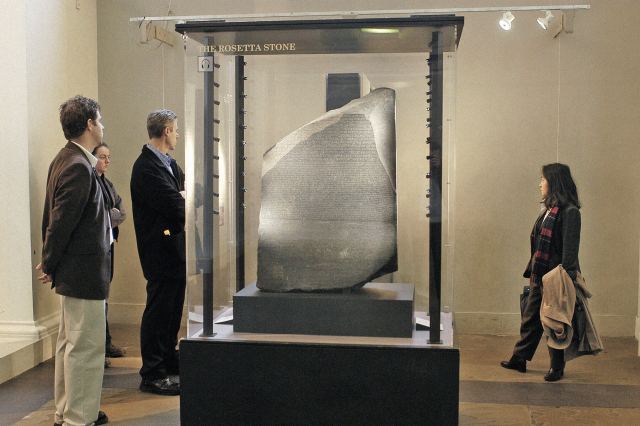6 Things You Didn’t Know About the Rosetta Stone
The Rosetta Stone, an ancient artifact discovered in Rosetta, Egypt, in 1799, was the key to unlocking the centuries-old mystery of Egyptian hieroglyphics. The black granite stone is a “stela” — a large standing slab used by ancient civilizations as a marker, typically for dedications or commemorations — inscribed with a text known as the “Decree of Memphis.” The text is, frankly, somewhat dull: It outlines the achievements of Ptolemy V Epiphanes, who ruled Egypt from 205 to 180 BCE. However, it’s not the subject of the stone but the script itself that is important.
The text is written in both Egyptian hieroglyphs and ancient Greek script. Because the ancient Greek and modern Greek languages are so similar, the Greek inscription served as the starting point for translating the Rosetta Stone. Using the Greek script, researchers translated the language of ancient Egypt for the first time in history. However, there is much more to this story than a simple translation. Shrouded in mystery and nearly destroyed by several wars, the Rosetta Stone has fascinated historians for centuries. Here are six surprising facts about this important discovery.
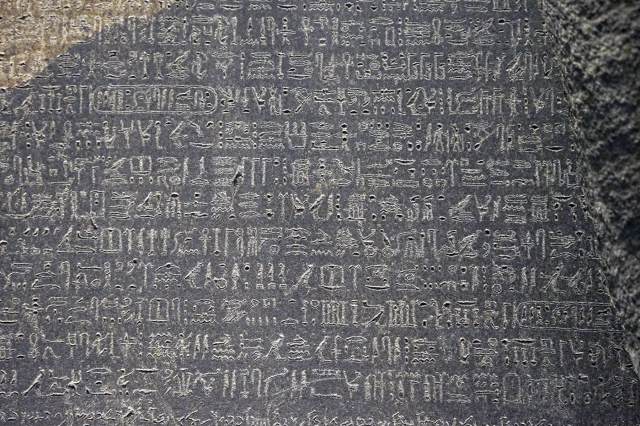
The Stone Features Two Forms of Egyptian Writing
It’s widely known that the Rosetta Stone features text written in both Egyptian hieroglyphics and the ancient Greek alphabet, allowing scholars to decipher the previously mysterious ancient symbols. However, the stone isn’t a bilingual message — it’s trilingual. The third script on the stone is Egyptian demotic, a cursive form of Egyptian hieroglyphics that was also undeciphered before the discovery of the Rosetta Stone. It was used in ancient Egypt from the early seventh century BCE until the fifth century CE for business and literary purposes. By the time of the Ptolemaic period (304 to 30 BCE), rulers of Egypt were of Greco-Macedonian descent (following Alexander the Great’s conquest of the region). Around this time, Egyptian demotic and hieroglyphics began to decline in favor of the Greek writing system, which is why all three scripts were etched on the stone.






